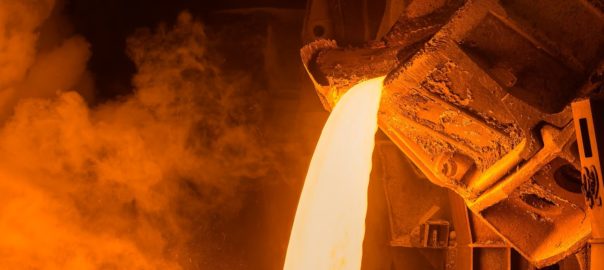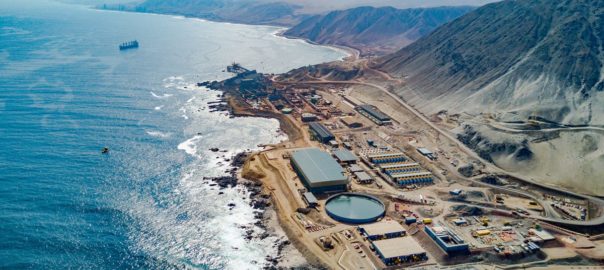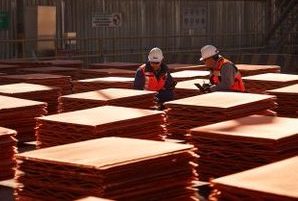BHP and global engineering, project management and professional services firm, Hatch, have signed an agreement to design an electric smelting furnace pilot (ESF) plant in support of a decision to construct this facility in Australia.
The facility will aim to demonstrate a pathway to lower carbon dioxide (CO2) intensity in steel production using iron ore from BHP’s Pilbara mines for BHP’s steelmaking customer, BHP says.
The small-scale demonstration plant would be used to collaborate with steel producers and technology providers to generate and share learnings with the aim of accelerating scale up of ESF plant designs.
The pilot facility would be intended to test and optimise production of iron from the ESF, a new type of furnace that is being developed by leading steel producers and technology companies targeting low CO2 emission-intensity steel. The ESF is capable of producing steel from iron ore using renewable electricity and hydrogen replacing coking coal, when combined with a direct reduced iron (DRI) step. Estimates show that reductions of more than 80% in CO2 emission intensity are potentially achievable processing Pilbara iron ores through a DRI-ESF pathway, compared with the current industry average for the conventional blast furnace steel route, BHP says.
The ESF allows for greater flexibility in input raw materials, addressing a key barrier to wider adoption of other lower CO2 emissions production routes, such as use of electric arc furnaces which are designed for scrap steel and high grade DRI only. The ESF also has the potential to be integrated into a steel plant’s existing downstream production units.
The pilot facility will enable deeper and more accurate insights into the performance of this technology for converting iron ores into molten iron and steel. Planned test programs will help de-risk further investment in commercial scale projects, thereby complementing development plans of BHP’s steel customers. This scale-up approach has been utilised by other industry demonstrations such as Sweden’s HYBRIT project, BHP added.
BHP and Hatch will assess several locations in Australia for the proposed facility based on supporting infrastructure, technology skills and the availability of local partnerships to build and operate the facility.
BHP’s Chief Commercial Officer, Vandita Pant, said: “We see the ESF process as a critical breakthrough in significantly reducing the carbon emissions intensity of steel production and one that provides an opportunity for iron ore from our Pilbara mines. The steel industry has identified the ESF as a viable option to use a wider range of raw materials and steel companies globally are looking to build commercial-scale ESF plants as part of their CO2 emission reduction roadmaps.”
BHP’s Group Sales and Marketing Officer, Michiel Hovers, said: “Hatch is a key partner in carbon emissions reduction initiatives across the world. We are pleased that we can collaborate with Hatch, alongside BHP’s existing customer and research partnerships, to further progress the development of pathways towards a lower GHG emission footprint for the steelmaking industry. The ESF technology is very exciting and potentially very relevant for reducing the carbon emissions intensity of steel production and provides new and exciting opportunities for our Pilbara iron ore and our customers.
“BHP and Hatch have collaborated on steel technology and design for reducing GHG emissions from over several years, including the ESF and in collaboration with steel producers, and this project is a natural progression in our partnership.”
Hatch’s Managing Director for Bulk Metals, Joe Petrolito, said: “Hatch is excited to collaborate with BHP on this forward-looking initiative and is honored to contribute to the efforts of an industry leader who is dedicated to driving tangible progress. This project marks a significant milestone in the pursuit of decarbonisation within a challenging sector that underpins global infrastructure and progress.”









